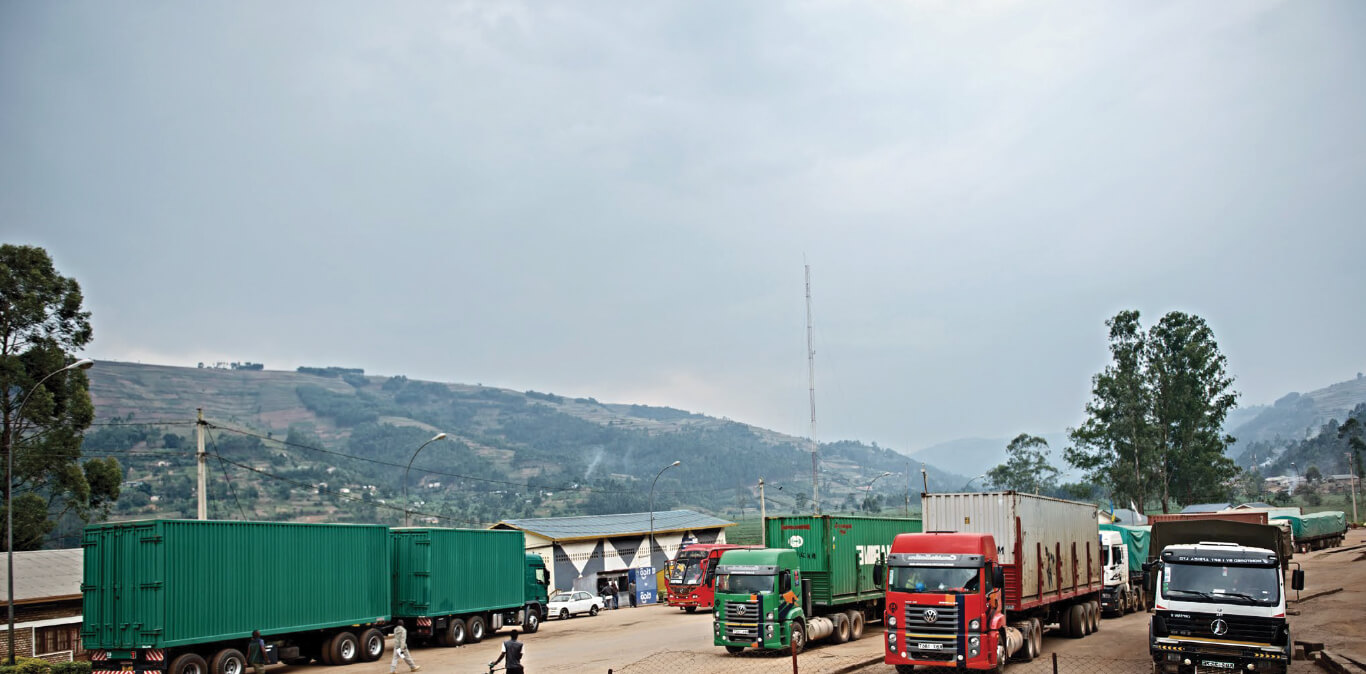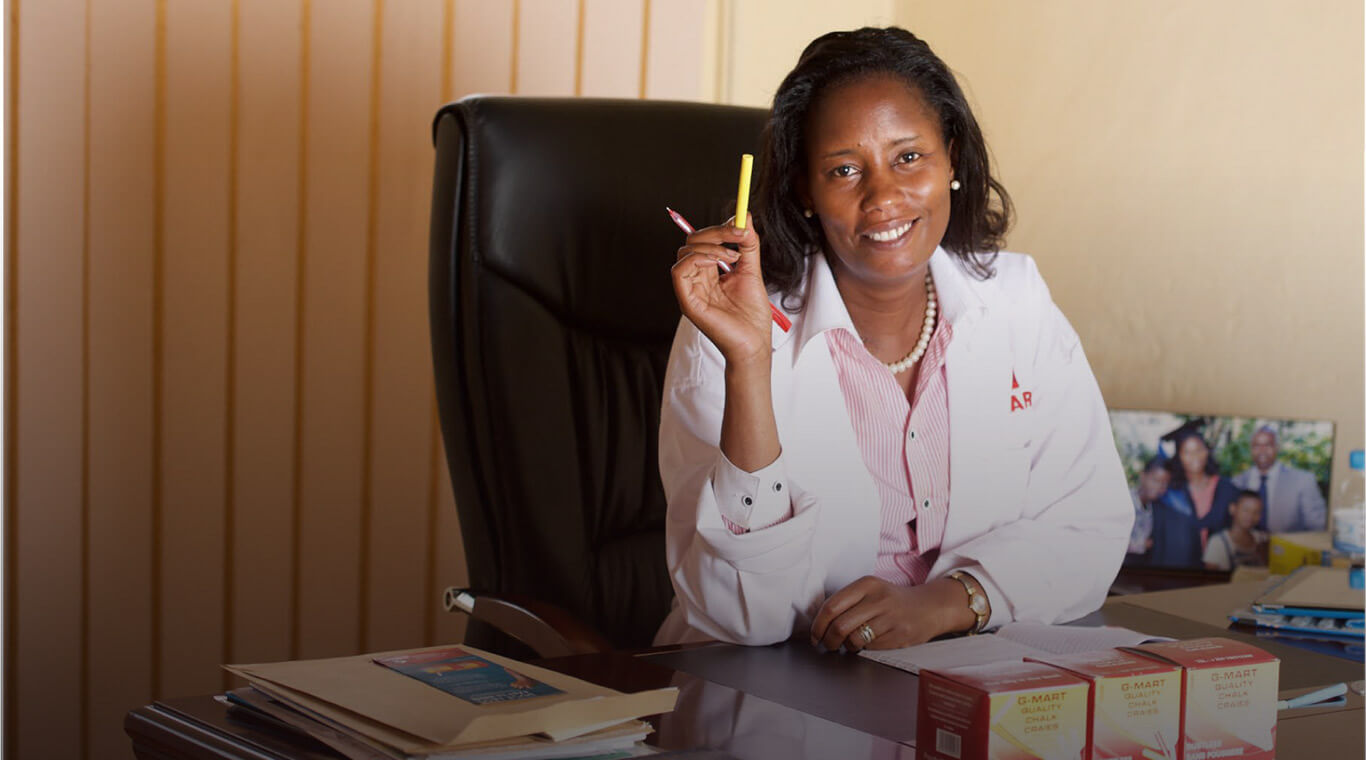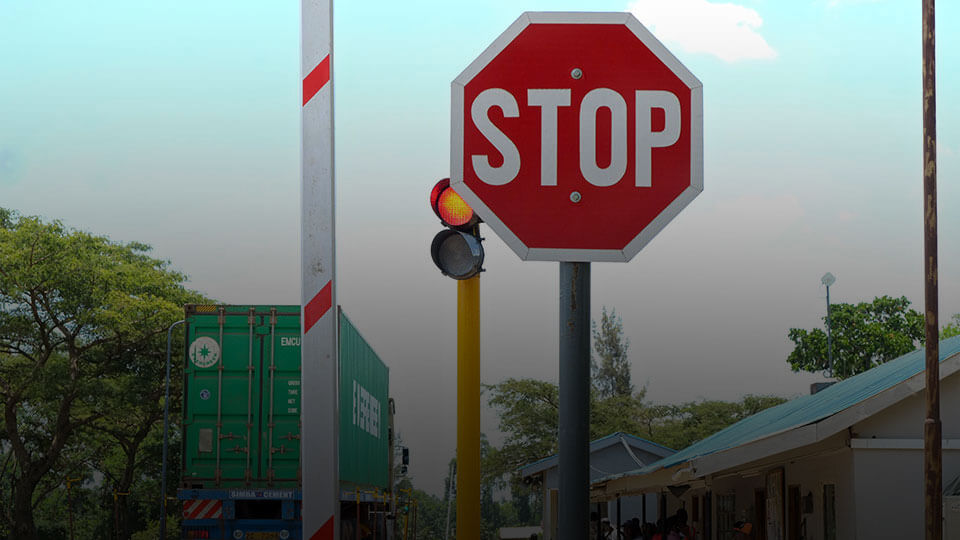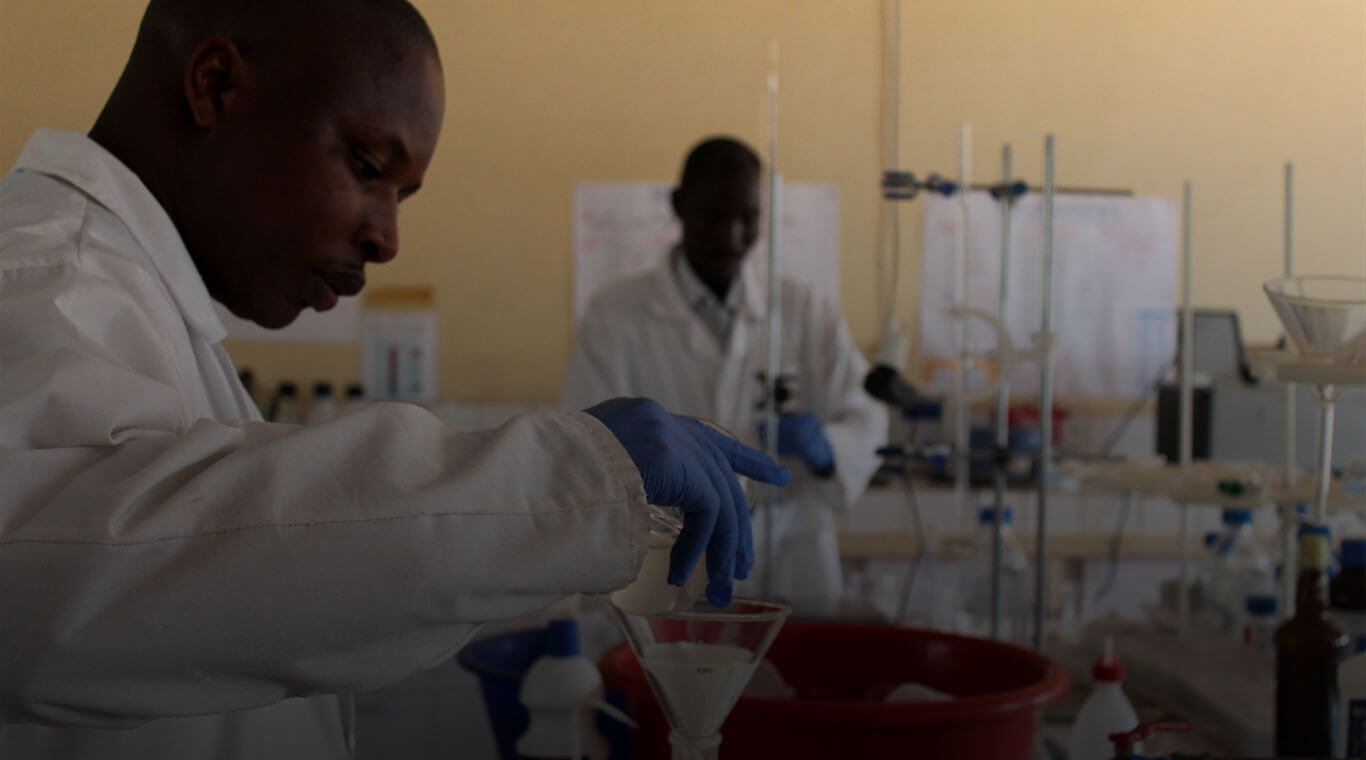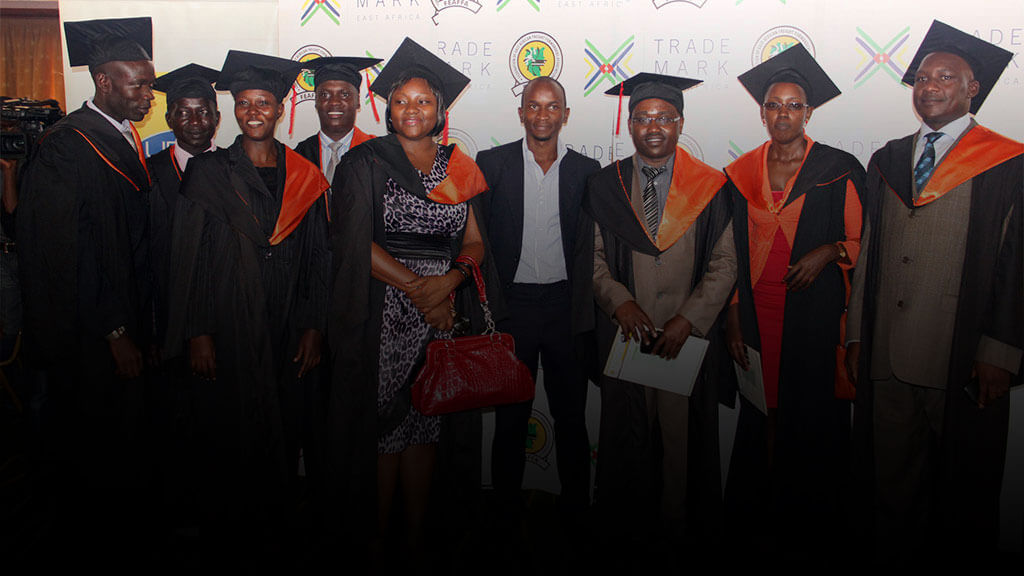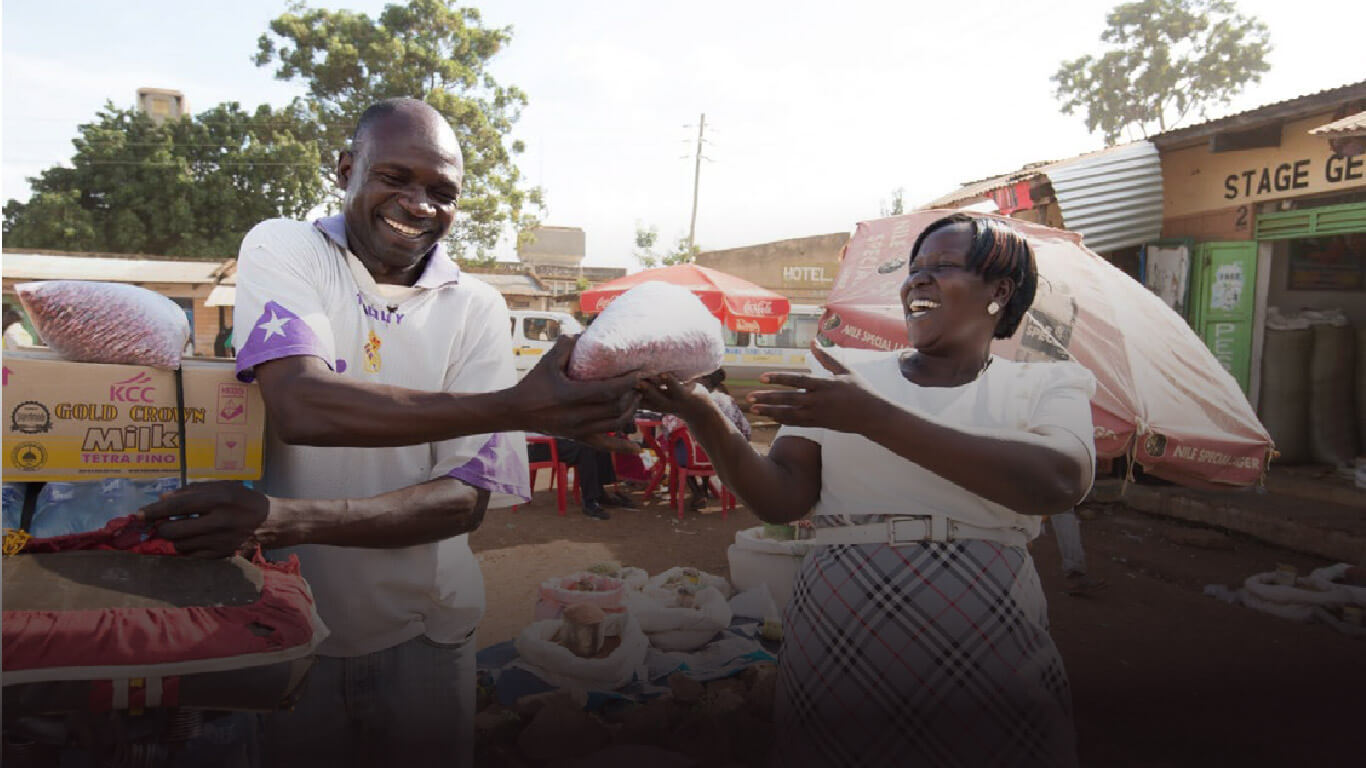Background
Trade and Markets Africa (TMA) is a US$ 560 million multi-donor funded 'aid for trade' agency established as a company limited by Guarantee, to support the growth of trade - both regional and international - in East Africa. Established in 2010, TMA is focused on ensuring gains from trade result in tangible gains for East Africans, in line with the EAC's Development Strategy.
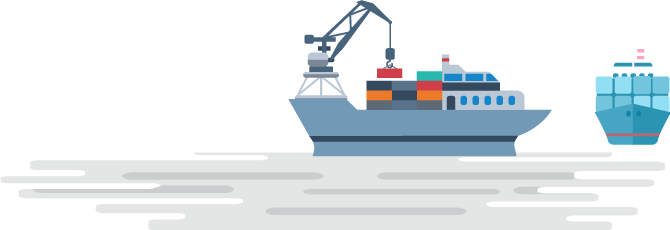

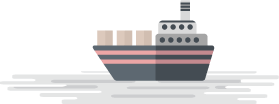


Theory of Change
TMA's work is underpinned by interrelated propositions that guide what we and our partners do. In turn, these propositions are strengthened by knowledge, assumptions, beliefs and hypothesis about how and why actions are expected to trigger intended changes. While propositions do not predict change, they are 'theories' of change. At the higher end of the 'Theory of Change (TOC)', in the proposition that three key 'trade competitiveness' elements contribute to increasing trade.
These elements, which are TMA's current strategic objectives are: increased access to physical markets; an enhanced trade environment and improved business competitiveness through working with the private sector.
-

Increased access to physical markets
-

Enhanced trade environment
-

Improved business competitiveness.
Evaluation
In 2014, TMA's Evaluation Committee that is composed of TMA and its development partners who have invested in its programme developed a Joint Evaluation Plan for independent formative and summative evaluations across its strategic objective areas, which will also address cross cutting issues; gender, environment and poverty reduction.
The evaluations will generate evidence and learning about what is working across TMA - and what is not. Learnings will be used to improve our programmes so that resources are better used. TMA will also use these evaluations to inform investors and stakeholders the achievements and hence promote accountability.







TMA results framework
The results framework is a sub-set of TMA's overall monitoring system. It is structured around the objectives and outcomes in the 'Theory of Change', or strategy and gives specific indicators and targets.
TMA aims to have a results framework that aligns to its strategy (theory of change) and aids clear consistent communication; and presents one holistic and clear view of selected results across TMA.
The TMA results framework is the accountability tool predominantly used internally to manage performance, as well as to account to investors.

TMA is funded by a range of development agencies including: the government of Belgium through the Belgium Development Cooperation; Canadian Government through Global Affairs, Canada; Danish Government through the Danish International Development Agency (DANIDA). Others are Finnish Government, Dutch Government, NorwegianGovernment; UK government through the UK Department for International Development (DFID) and the United States of America Government through the United States Agency for International Department (USAID).


